Guest post by CAMP/ Center for Art on Migration Politics.
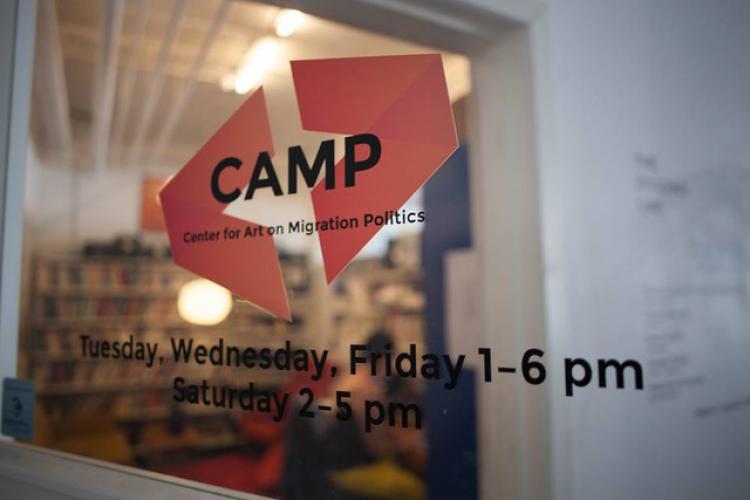
CAMP/ Center for Art on Migration Politics is a nonprofit exhibition venue for art discussing questions of displacement, migration, immigration, and asylum. CAMP’s name refers to nation-states’ perhaps most extreme responses to human migration: the refugee camp, the asylum and detention centers. CAMP is the first center of its kind in Scandinavia and is directed as a self-governing institution by Danish curators Frederikke Hansen and Tone Olaf Nielsen, who also founded the center in 2015.
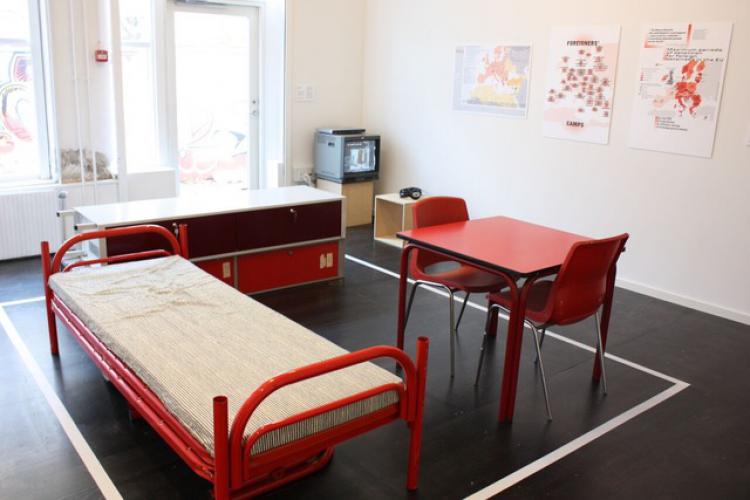
The center is located in Trampoline House, an independent community center in Copenhagen’s northwest district that provides refugees and asylum seekers in Denmark with a place of support, community, and purpose. CAMP produces exhibitions on displacement and migration with renowned international artists as well as less established practitioners, prioritizing artists, who have been themselves migrants or refugees. CAMP is intended to be a platform for artists, whose work represents displaced and migrating people’s experiences and sheds light on the struggles that refugees, asylum seekers, undocumented migrants, trafficked, and enslaved people fight every day. CAMP takes its point of departure in the fact that more people than ever before are displaced from their homes because of climate change, war, conflict, persecution, and poverty. The center works to provide insight into the experiences of displaced and migrant persons, and to discuss these in relation to the overall factors that cause displacement and migration. The objective is, through art, to encourage greater understanding between displaced people and the communities that receive them, and to stimulate new visions for more inclusive and equitable migration, refugee, and asylum policies. In so doing, we hope that our audiences will be able to identify with the living conditions of displaced people and find inspiration for an alternative refugee, asylum, and migration political agenda.
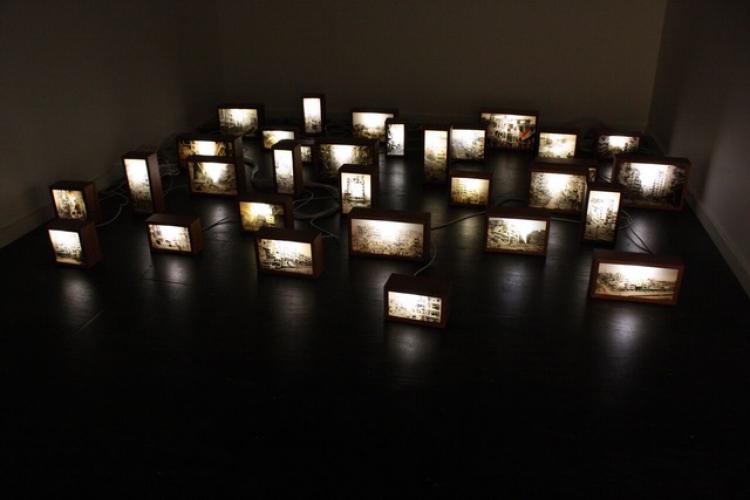
Previous exhibitions have presented a range of refugee and migrant experiences. The very first exhibition focused on life in refugee camps and asylum and detention centers, followed by a second which unpacked the many causes and effects of displacement and helped audiences understand the so called refugee crisis. Drawing on film, video, and live performances by 5 transnational artists CAMP’s third exhibition aimed to provide a lens through which to better understand the complex interplay between human migration and border politics.
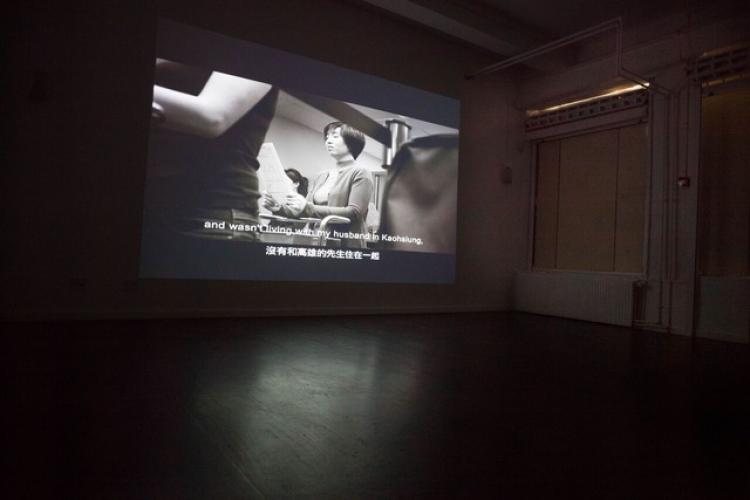
In his video installation Empire’s Borders I (2008-09), artist Chen Chieh-jen (Taiwan) showed how discriminative visa policies of stronger nations are a tool to exclude and govern citizens of weaker nations. Documentary filmmaker David Fedele (Australia), in his film The Land Between (2014), offered an intimate insight into the desperate lives of African migrants living in the mountains of northern Morocco and dreaming of jumping the border fence to Spain for a ‘better life’ in Europe. In his film The Crossing (2015), documentary filmmaker and photojournalist George Kurian (India / Turkey) took the viewer along the dangerous migration route of a group of Syrian women, men, and children to Europe, and exposed all the territorial as well as sociocultural borders they have to cross. Lastly, in a variety of video and publication material, the transnational network Welcome to Europe documented the disobedient movements of hundreds of thousands of refugees and migrants along the Balkan route in summer 2015, who enforced the right to freedom of movement and refused to be deterred by border fences and guards. Parallel to the works in exhibition, Castaway Souls of Sjælsmark/Denmark contributed with a performance during the opening night entitled For the Right to Have Rights!, and a series of public work meetings during the exhibition period on how Danish society tackles its ‘undesirables’. Castaway souls of Sjælsmark is a group of rejected asylum seekers from the Danish deportation center Sjælsmark, who have formed a protest movement demanding an end to forced deportations, the closure of asylum camps, a stop to the criminalization of migrants and asylum seekers, and the right to move or to stay.
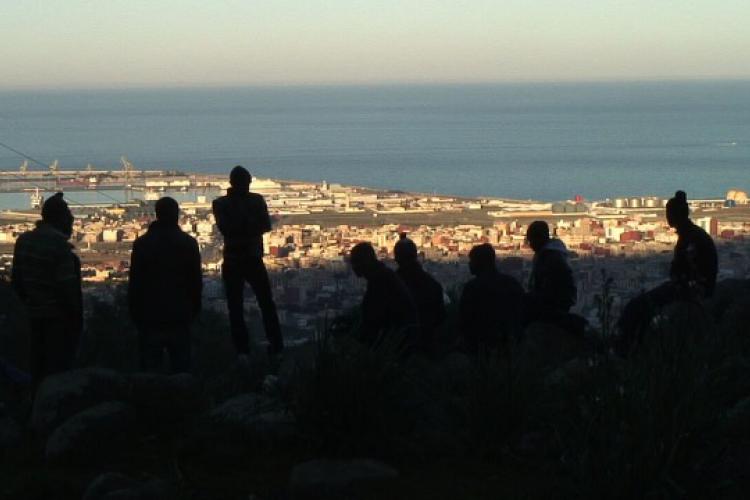
CAMP’s latest exhibition, Deportation Regime, presented three commissioned installations and live performances that help us understand the logic behind deportation.
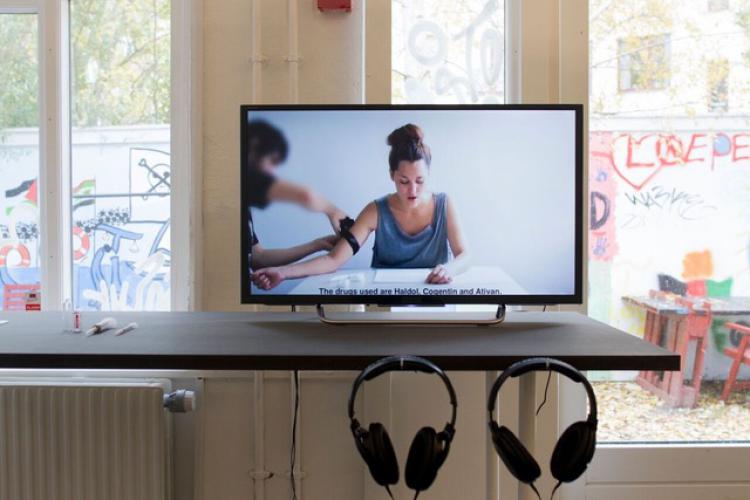
CAMP’s current exhibition (March 3rd- June 17th), We shout and shout, but no one listens: Art from conflict zones brings together ten artists and thinkers
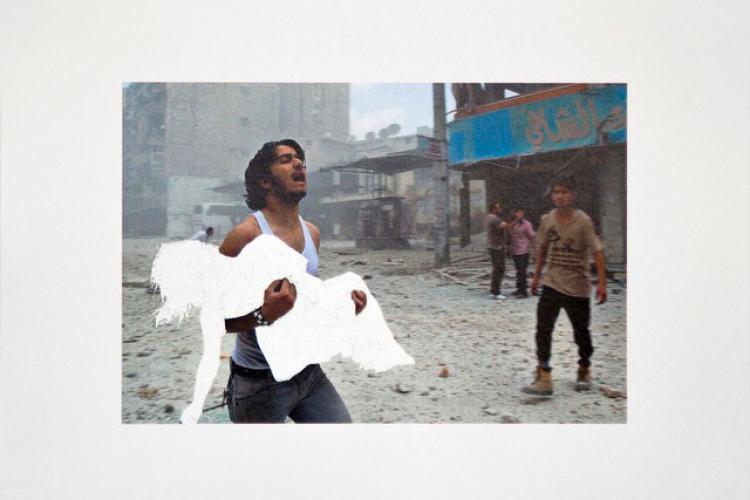
The exhibition presents works that offer alternative visual accounts of the Syrian Civil War (2011-), The January 25 Revolution in Egypt (2011), The Bosnian War (1992-95), The Rwandan Genocide (1994), The Iran-Iraq War (1980-88), and The Troubles in Northern Ireland (1968-98). The projects take viewers through a range of problematics relating to the experience, perception, and representation of war and its atrocities and trauma. They reflect critically on dilemmas connected to representing warfare and victims of war in times of mass and social media generated consumption of violence and suffering. They consider art’s tendency to aestheticize the brutalities of war, on viewers’ complicity and responsibility when consuming images of suffering without taking action, and on the ‘mechanisms of differentiation’ that make some human lives worthy of protection and others not, both in times of war as well as in times of peace.
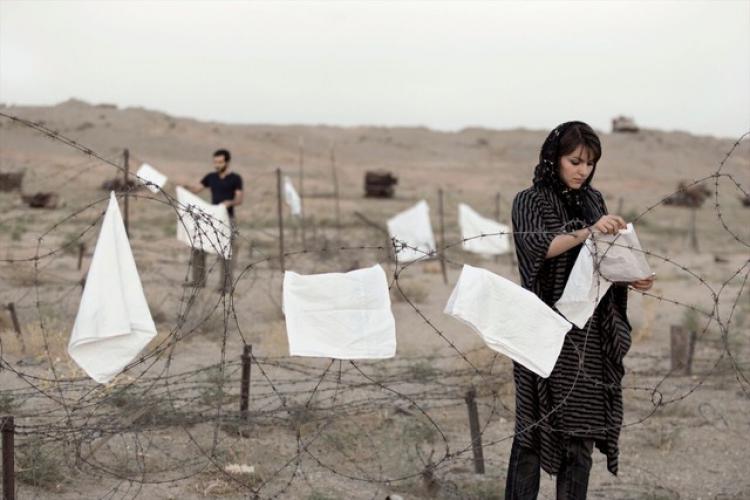
In CAMP, we believe that art engaging migration politics is able to express the life experiences of migrants, refugees, and asylum seekers and place their testimonies within a larger historical and political perspective. It can mirror not only the precarity of migrants’ and refugees’ life situations, but can also show the social richness, creativity, and dignity by which these groups of people survive in a world that does not want them. Art on migration politics sheds light on what affects us all, yet the migrant and the refugee the most: home, close relations, and personal safety. In the end, it also contributes to a lived critique of the political systems that uphold discriminating borders, global economic inequality, and non-sustainable exploitation of our nature.
Any comments about this post? Get in touch with us! Send us an email, or post a comment here or on Facebook. You can also tweet us.
__________
How to cite this blog post (Harvard style)
CAMP (2017) CAMP: A Unique Center For Art Engaging Migration. Available at: https://www.law.ox.ac.uk/research-subject-groups/centre-criminology/centreborder-criminologies/blog/2017/03/camp-unique(Accessed [date]).
Share:








